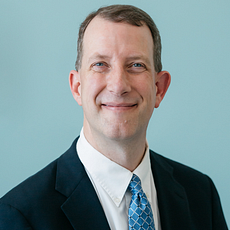by George Ake, Ph.D
Foster, adoptive, kinship, and therapeutic caregivers are constantly working to understand how new developments in the child welfare field impact their responses to children in their care. They have to keep their ears and eyes open to hear about the latest interventions, supports, and concerns to make sure they are providing the best trauma-informed care possible.
One term that has recently re-emerged that resource parents are working to better understand is “collective trauma.”
Collective trauma was coined in the late 1970’s by a Kai Erikson following the Buffalo Creek Flood in West Virginia killing 125 people and leaving 4,000 people homeless. He explained collective trauma as the “…blow to the basic tissues of social life that damages the bonds attaching people together and impairs the prevailing sense of communality” (Erikson, 1976). Since that time, sociologists have primarily used the term to talk about the impact of trauma on societies and that it extends past the event and works its way into our discussions about events and is a “crisis of meaning” (Hirschberger, 2018).
One of the most recent examples of events like these that likely have people searching for an understanding of collective trauma include the onset of COVID-19 and the tremendous and ongoing negative impact of the virus on the entire global population. Others have written about how events like COVID-19 impact everyone, but that the impact may look different for different groups. Bonner states that “…cultural trauma affects a subset of the population that’s been targeted because of who they are. Collective trauma, on the other hand, is a horrific event that affects society as a whole” (Brantley, 2022). This would help differentiate the ways that some groups have experienced large health disparities and access to care in the wake of COVID-19.
What does this mean for resource parents? It means that there are some tragic events that impact large groups of people and the way they make meaning of it is important.
What does it change about the ways resource parents care for children? It means that in addition to really using a trauma lens to understand the very specific events children might have been exposed to, caregivers may need to think about how larger events impacting large groups of people might contribute to responses to trauma reminders. It also means that caregivers need to be careful not to assume that how they have responded to large- scale events (such as COVID-19) will be the same way that children in their care will respond. In keeping with SAMHSA’s definition of trauma, even if we are exposed to the same events, every person experiences these events differently (SAMHSA, 2014).
Some of the best resources available to explain the differences in trauma exposure types, impact, and supports come from the National Child Traumatic Stress Network (www.nctsn.org) and I would highly encourage resource parents to dive into the products here to better understand these differences.
George Ake, Ph.D. is an Associate Professor in Psychiatry and Behavioral Sciences at the Center for Child and Family Health at Duke University


